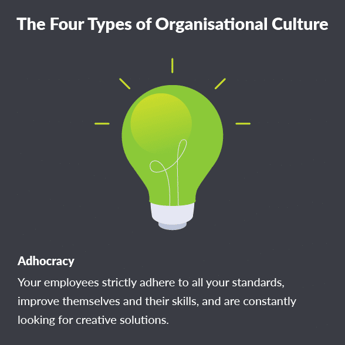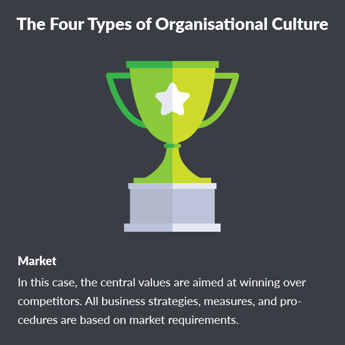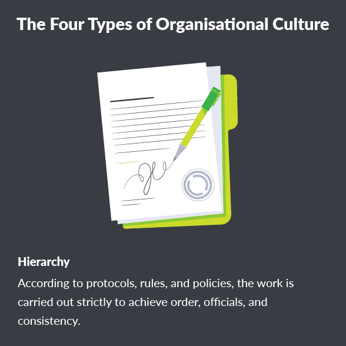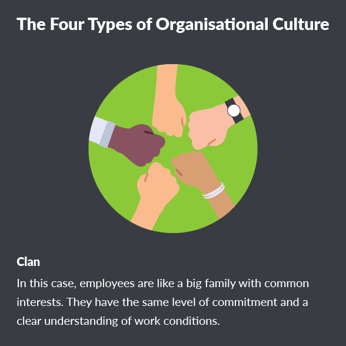Embracing Efficiency and Creativity Through Cultural Fit in Outsourcing


There are a lot of factors that may influence the success of the outsourced project. These include the technical expertise of the offshore developers, their experience in the customer’s business niche, competent project management, and the right development methodology.
However, there is one more thing that may either boost or break the development process. This is the culture and mentality of people who will work on the project creation.
In this article, we suggest taking a detailed look at the importance of cultural fit with outsourced teams and some ways to transform mentality differences into winning opportunities.

Liubov Rudnieva,
Head of Business Unit
Cultural Fit in Cross-Border Teams – The Background
One of the reasons companies outsource some of their business processes is to take advantage of the different levels of economic development. When it comes to tech project creation, the opportunity to save costs is even more attractive since startups always run a risk to be rejected by the market.
For example, when the hourly cost to hire a developer in the US is $150, the hourly cost for the same service in India is $50. However, this is also an example of a huge mentality gap and essential differences in business culture and ethics which may be either beneficial or destructive.
According to the Cultural Differences in Business Communication research, “Business practices are shaped by deeply held cultural attitudes toward work, power, trust, wealth—and communication.”
That’s why the companies that decided to outsource some of their processes may follow two strategies; however, the cultural alignment and assessment are important nevertheless.
- Hire a nearshore development vendor located in the country with the same or nearly the same mentality. According to this logic, US projects are outsourced to Western Europe.
- Hire an offshore development team. This is the most affordable opportunity which promises huge cultural differences the company should be aware of to potentially benefit from.
Assessing Cultural Fit During the Hiring Process
Regardless of the outsourcing strategy you choose, assessing cultural fit is essential.
According to the Cultural Differences in Outsourcing research, “Assessment of cultural match is often recommended as part of an outsourcing contract, but the people managing the bid from the outsourcing supplier are rarely the ones who will manage the project.”
That is, the first step towards assessing cultural fit during the hiring process is making sure this assessment is made by employees who will be directly involved in the project creation. For example, involving a customer’s Project Manager along with the company’s representative can be a good practice.
One more effective approach is assessing cultural fit from three different angles.
-
Assessing your corporate culture.
There are no clear metrics for assessing culture. What’s more, judging your own culture always implies being subjective.
To assess your corporate culture, you have to take a more restrained look at your values, business ethics, leadership models, and human resources management in your company.
Most likely, these are the things you expect your business partners to share as well, so analyzing your culture will be an effective practice for setting the right and realistic expectations of your development vendors’ business approach.
According to Robert E. Quinn and Kim S. Cameron, professors at the University of Michigan in the United States, there are four types of culture in institutions: clan, adhocracy, market, and hierarchy. The professors created a unique Organizational Culture Assessment Instrument (OCAI) used to assess the current and desired organizational culture. Moreover, this approach has already been applied by more than 10,000 companies around the world.




-
Assessing your development vendor’s culture.
This is another challenging task. If you outsource your project to another country, get started by researching their mentality specifics in general. Next, move to their business ethics specifics. If nothing frustrates you at this stage, proceed with researching the culture of the development vendor you want to partner with.
The first and easier practice is to study the feedback of their previous customers. Also, search for the company’s reviews shared by its ex-employees – these will give you a lot of valuable insights into the company’s attitude toward its staff.

-
Assessing your target audience’s culture.
One more important angle is assessing the culture, mentality, and expectations of those who will use the solution you create with your vendor. Such research is always a part of idea validation and gathering software requirements specification, but make sure to analyze the culture of your audience in the context of matching it with yours and with the culture of your development vendor. Such a match will allow you to create a solution demanded by the target market.

pwrteams has built for us a highly motivated and dedicated team that has helped us to build three successful products. From initial architecture concept to realization and support, the team has offered superb quality and service and has always thought out-of-the-box to find the best solutions for our business.
A Few Words on Cultural Alignment
The three angles methodology above will allow you to find out whether different cultures are compatible and make the first step towards cultural alignment. To put it simply, a cultural alignment refers to the ability of the customer and the developer to stay on the same page even if the project course and requirements change.
The only way to achieve this is to communicate and set communication effectiveness metrics and rules. This task is already on the verge of culture and project management, so at this stage, it makes sense to discuss all the concerns before the project development begins.
Outsourcing and Culture – How Organizations Can Embrace Cultural Diversity of Outsourcing to Boost Creativity
There is an almost invisible line between cultural fit and cultural diversity. Two cultures should be similar enough to be compatible but still diverse enough to drive business benefits.
But how do you make the most use out of cultural diversity during the tech project development? Below are some steps.
- Create an environment where the ideas are appreciated. People from different cultures have different approaches to problem-solving and different visions of the problem itself. And here is where creativity and brainstorming begin. To create a competitive edge, the team should work in a friendly and criticism-free environment where each new idea is welcome. Additionally, don’t forget that idea validation still matters.
- Promote knowledge sharing. This is one of the ideas of Agile development methodology which allows for sharing knowledge and learning from the mistakes at the end of each interaction. If your project specifics are Agile-focused, make sure to follow its best practices.
- Think global. Embracing cultural diversity is also quite effective for creating a solution that may potentially fit the audiences of different cultures. Keep the specifics of your target audience in mind but don’t limit the scaling potential of your future solution.
Conclusion
Outsourcing and culture are inseparable from each other since there is no effective outsourcing without the human resources you use for your business goals. Choosing the right development vendor whose corporate culture fits yours is one of the ways to make outsourcing a success.
pwrteams has well-developed business ethics powered by globally accepted corporate values and will also be glad to deliver benefits driven by the cultural diversity of our staff. You are welcome to reach out to us so we can get to know each other better!
 September 29, 2025
September 29, 2025
Build your team or extend with ours? Here’s what helps fintech CTOs decide
Read the post September 10, 2025
September 10, 2025
Fixed-price projects vs dedicated teams: A fintech CTO comparison
Read the post September 3, 2025
September 3, 2025
How burnout is crippling tech leadership in the Nordics and Benelux
Read the post September 29, 2025
September 29, 2025
Build your team or extend with ours? Here’s what helps fintech CTOs decide
Read the post September 10, 2025
September 10, 2025
Fixed-price projects vs dedicated teams: A fintech CTO comparison
Read the post September 3, 2025
September 3, 2025
How burnout is crippling tech leadership in the Nordics and Benelux
Read the postWrite your own
success story
with Pwrteams!
Share your details in the form, tell us about your needs, and we'll get back with the next steps.
- Build a stable team with a 95.7% retention rate.
- Boost project agility and scalability with quality intact.
- Forget lock-ins, exit fees, or volume commitments.